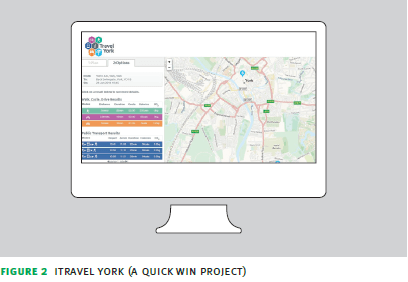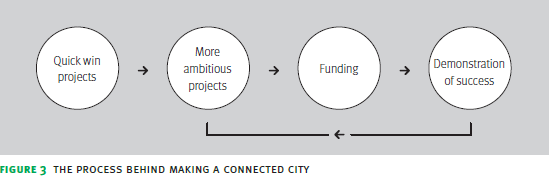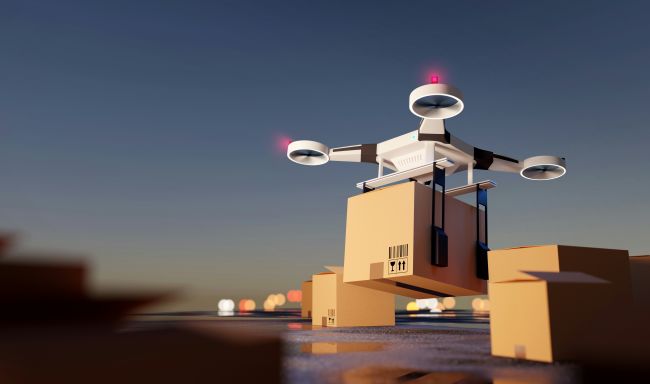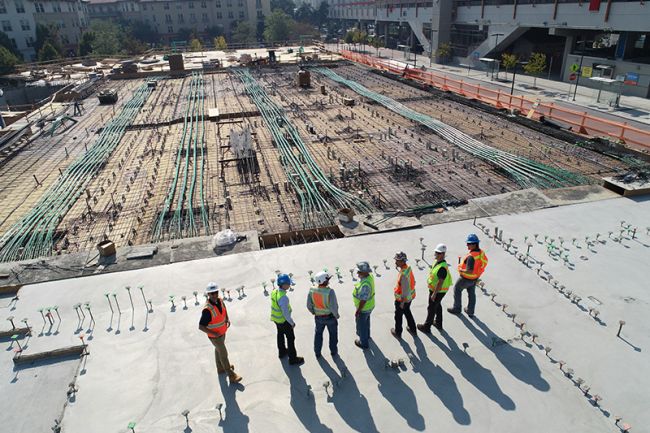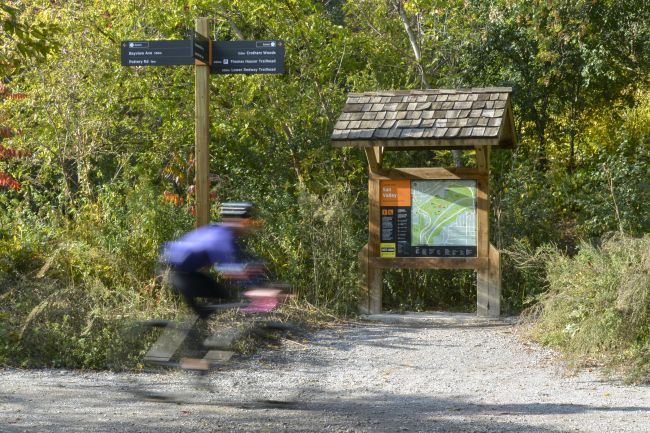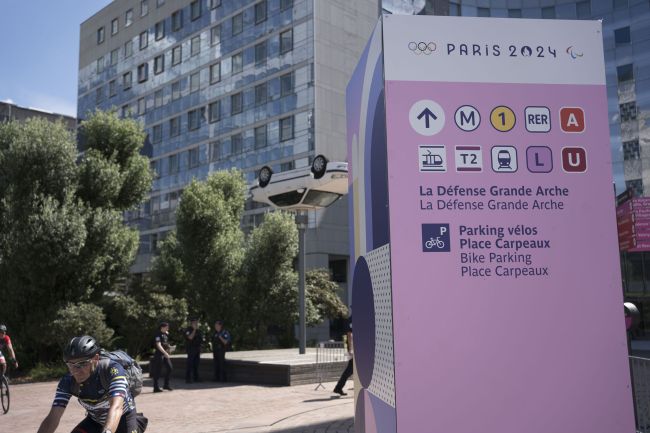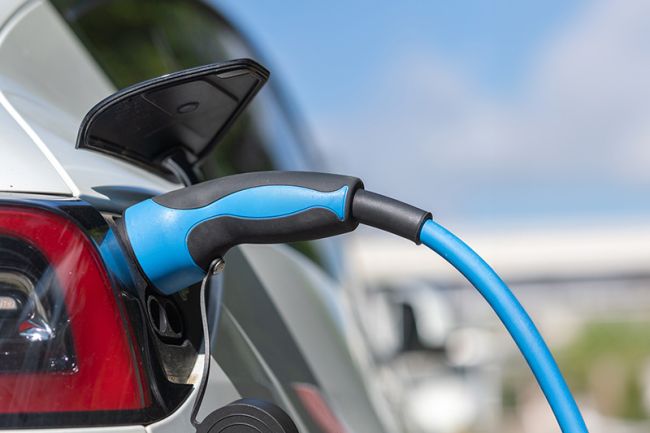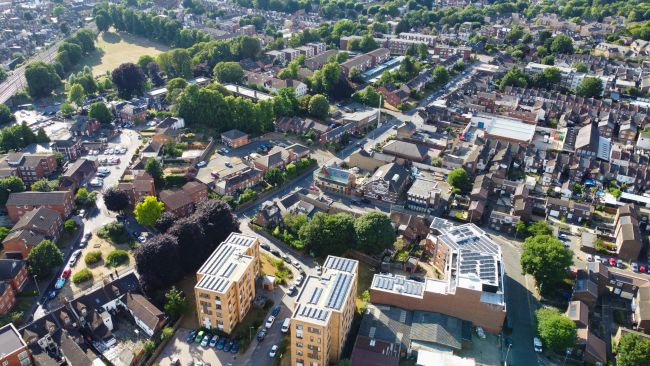The making of a Connected City — where are the ‘quick wins’
Half the people in the world live in cities, and their numbers are growing.
Half the people in the world live in cities, and their numbers are growing. By 2030 it will be five billion people. In the face of such growth it’s vital that cities meet their inhabitants needs and wants.
This is relatively easy if you’re starting from scratch and have the resources available, as is the case in Masdar City in the UAE, where a city is essentially being built from scratch. However, in India we are constrained both by history and limited resources. Even with the large sums of money being allocated as part of smart city plans in India the needs of our cities are vast. So how can we make our cities better and fit for the future?
The need for a vision for the city
While being connected has many aspects, it starts with a clear vision which reflects the ambitions of local people and stakeholders. To realise any vision will of course require funding; however, having a clear vision provides a framework for individual projects, and in turn, this can provide a convincing backdrop within funding bids and help to overcome the fragmented and stop-start nature of this funding. The vision should also create an understanding of what the ‘gap’ is between where we are now and where we want to be, and therefore also how much behaviour change is needed.
This will highlight the scale of the task required to achieve the vision. One way of breaking down the challenge of implementing significant changes is to apply something equivalent to the Street Family proposed for London by the Roads Task Force (see figure 1). This can help by ensuring that there is a proper balance between the competing demands of somewhere to live, work, and visit.
At SDG, we think cities should strive to be places where people actively want to be. This has genuine economic as well as social benefits as there is compelling evidence that house and office rental prices are higher in attractive locations, and shoppers spend more when in a pleasant environment. This tends to mean a place which is pleasant to walk and cycle around, rather than one dominated by motorised transport. There is also growing evidence that active travel modes support a healthier, happier and more productive workforce. However, this is not to say that the car does not have any role in a city: there are occasions when car is the best option, but in a fully Connected City it is not necessary to own a car because of the availability of good alternatives and easy access to cars for hire.
Creating momentum towards achieving the vision
While making a Connected City starts with a vision, there needs to be some initial ‘quick wins’ in order to create momentum and belief. This is where information-based solutions such as journey planning tools can help, since they are highly visible and relatively quick to implement: recently we had the iTravel York journey planner up and running in just four months! (See figure 2)
Another possibility for relatively quick wins is pedestrian and cycle enhancements. New York provides an inspirational case study in terms of the speedy transformation of car-dominated streets to ones which are people-friendly and suitable for walking and cycling. One of the keys to this success was the use of an infrastructure-light approach (paint and planters) which could be implemented overnight, with the benefits seen immediately.
Creating an evidence base to maintain momentum
A less glamorous but vital aspect of creating a Connected City is monitoring the effects of measures implemented. The information generated can be used to demonstrate the effects on transport, the environment and the economy, thereby winning wider support and maintaining momentum. The key is to incorporate monitoring from the start rather than treat it as an add-on: this makes it both less painful and more effective.The expectation is that success breeds success, with the benefits of better connections and a more liveable city (with consequent economic benefits) having the knock-on benefit of unlocking further funding. (See figure 3)
At Steer Davies Gleave, we have a positive outlook on the future of our cities, in part by simultaneously maintaining an inspiring, visionary view and having our feet on the ground to help deliver practicable projects which are a small step towards seeing cities everywhere become connected.

